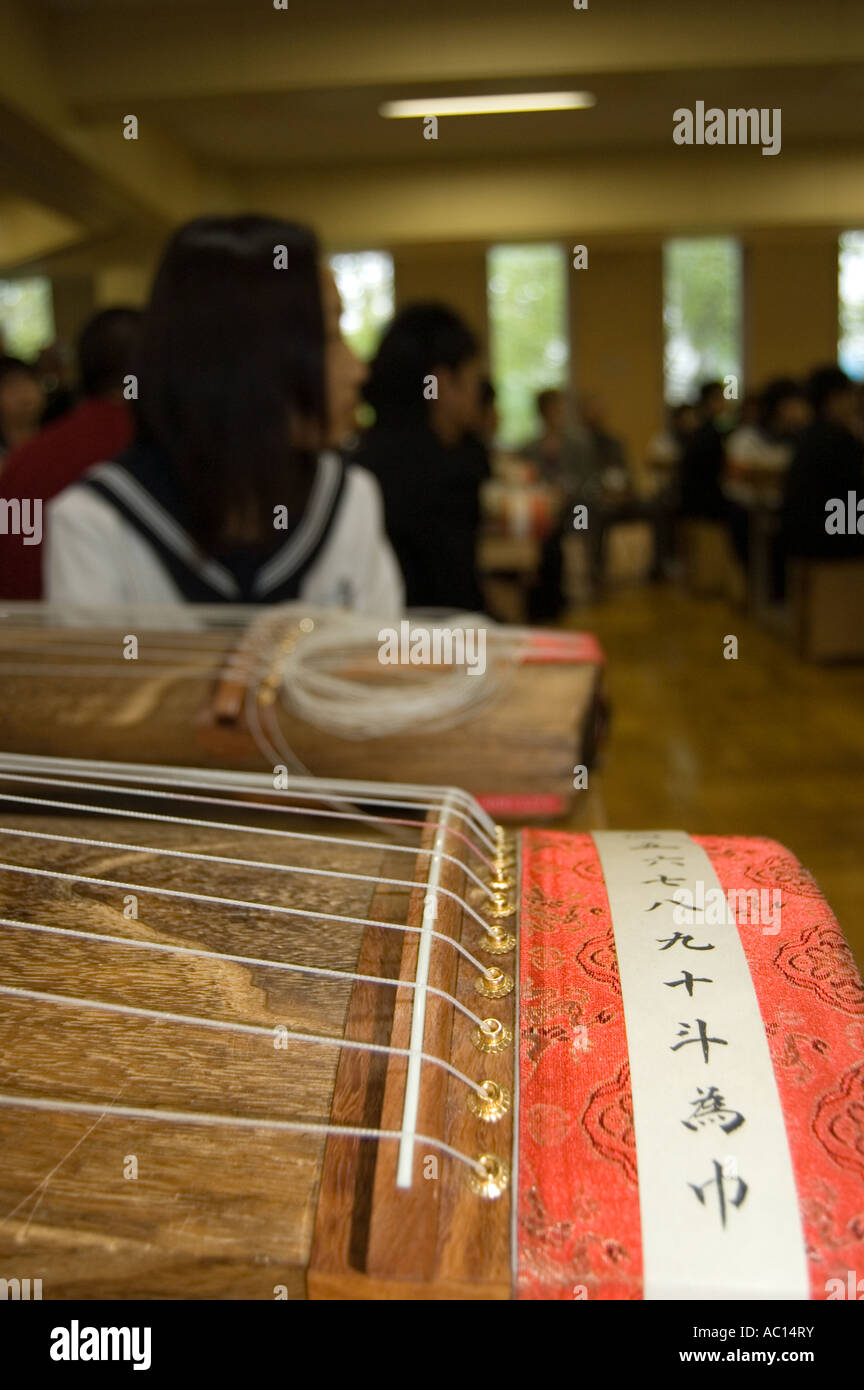

Seeing its relative convenience and portability, the monks combined these features with their large and heavy gaku-biwa to create the heike-biwa, which, as indicated by its namesake, was used primarily for recitations of The Tale of the Heike. There, they assumed the role of Buddhist monks and encountered the mōsō-biwa. However, following the collapse of the Ritsuryō state, biwa hōshi employed at the court were faced with the court's reconstruction and sought asylum in Buddhist temples. The biwa became known as an instrument commonly played at the Japanese Imperial court, where biwa players, known as biwa hōshi, found employment and patronage.


Though its origins are unclear, this thinner variant of the biwa was used in ceremonies and religious rites. However, another variant of the biwa – known as the mōsō-biwa or the kōjin-biwa – also found its way to Japan, first appearing in the Kyushu region. This type of biwa, known as the gaku-biwa, was later used in gagaku ensembles and became the most commonly known type. The biwa arrived in Japan in the 7th century, having evolved from the Chinese bent-neck pipa ( 曲項琵琶 quxiang pipa), while the pipa itself was derived from similar instruments in West Asia.

While blind biwa singers no longer dominate the biwa, many performers continue to use the instrument in traditional and modern ways. Japanese and foreign musicians alike have begun embracing traditional Japanese instruments, particularly the biwa, in their compositions. With the abolition of Todo in the Meiji period, biwa players lost their patronage.īy the late 1940s, the biwa, a thoroughly Japanese tradition, was nearly completely abandoned for Western instruments however, thanks to collaborative efforts by Japanese musicians, interest in the biwa is being revived. In spite of its popularity, the Ōnin War and subsequent Warring States Period disrupted biwa teaching and decreased the number of proficient users. This overlap resulted in a rapid evolution of the biwa and its usage and made it one of the most popular instruments in Japan. Biwa hōshi performances overlapped with performances by other biwa players many years before heikyoku ( 平曲, The Tale of the Heike), and continues to this day. Guilds supporting biwa players, particularly the biwa hōshi, helped proliferate biwa musical development for hundreds of years. The biwa's Chinese predecessor was the pipa ( 琵琶), which arrived in Japan in two forms following its introduction to Japan, varieties of the biwa quadrupled. In previous centuries, the predominant biwa musicians would have been blind monks ( 琵琶法師, biwa hōshi ), who used the biwa as musical accompaniment when reading scriptural texts. One of the biwa's most famous uses is for reciting The Tale of the Heike, a war chronicle from the Kamakura period (1185–1333). In Japan, the biwa is generally played with a bachi instead of the fingers, and is often used to play gagaku. Typically 60 centimetres (24 in) to 106 centimetres (42 in) in length, the instrument is constructed of a water drop-shaped body with a short neck, typically with four (though sometimes five) strings. The biwa is a plucked string instrument that first gained popularity in China before spreading throughout East Asia, eventually reaching Japan sometime during the Nara period (710–794). The biwa ( Japanese: 琵琶) is a Japanese short-necked wooden lute traditionally used in narrative storytelling.


 0 kommentar(er)
0 kommentar(er)
